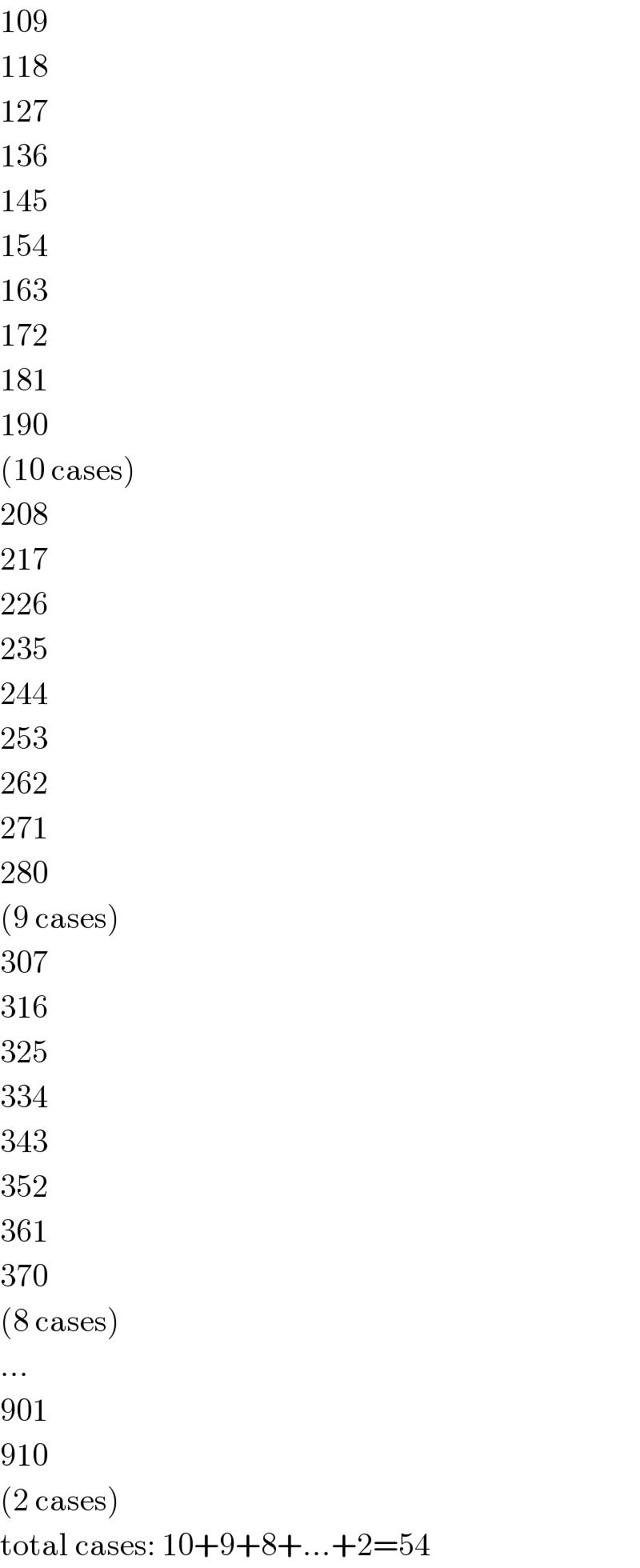Question Number 123681 by ZiYangLee last updated on 27/Nov/20
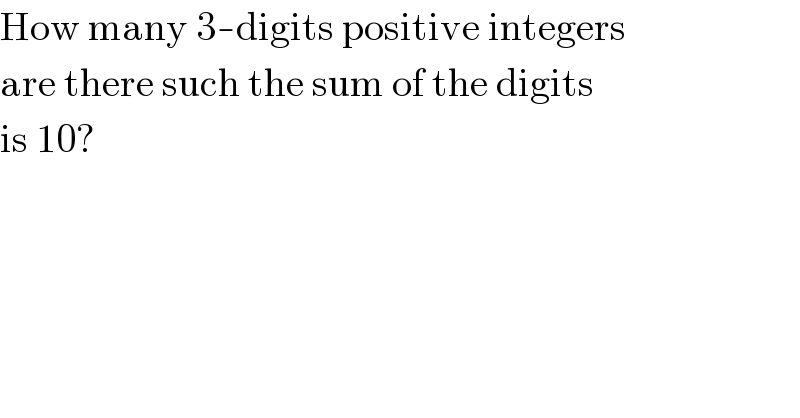
Answered by mr W last updated on 27/Nov/20
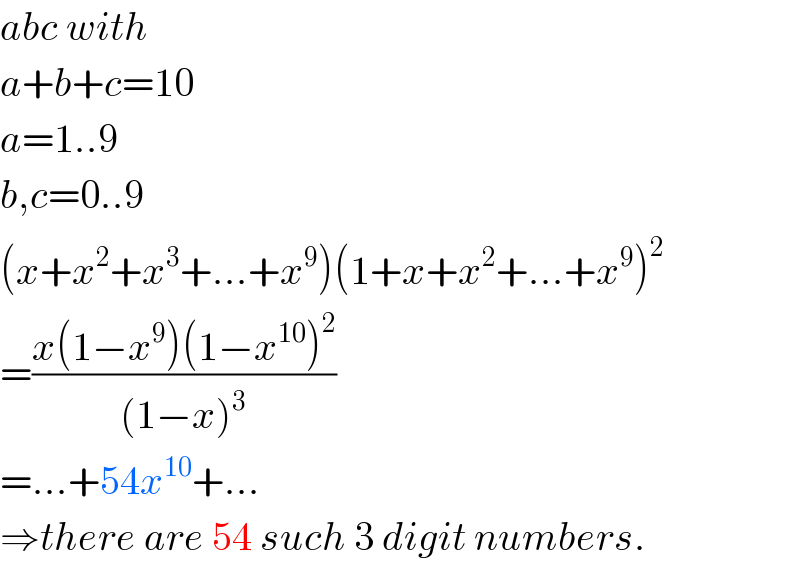
Commented by malwan last updated on 27/Nov/20
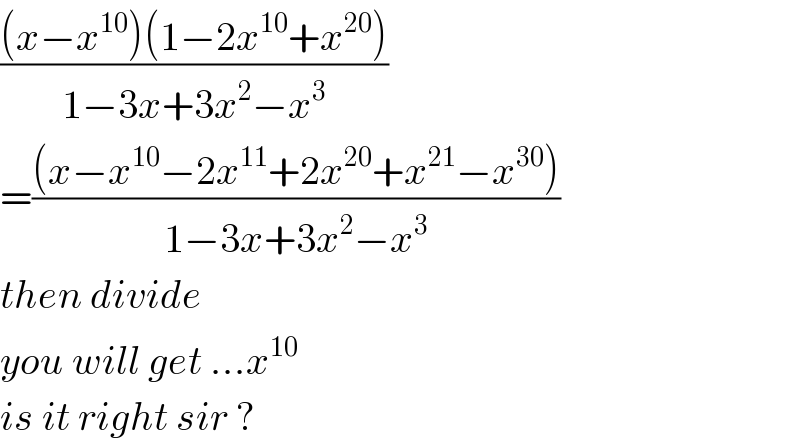
Commented by mr W last updated on 27/Nov/20
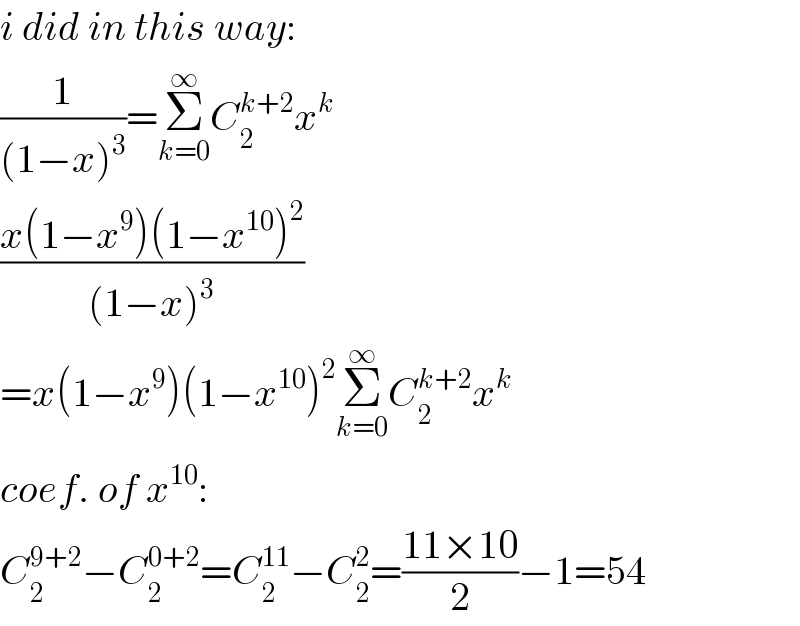
Commented by malwan last updated on 28/Nov/20

Answered by floor(10²Eta[1]) last updated on 27/Nov/20
